Perth Harbour may be about to go under or it could resurface in a different form and sail on to success in other ventures.
The harbour is now up for sale with Perth and Kinross Council hoping to redevelop it for recreational use, potentially building office space or hospitality venues.
As the future of the Fair City’s harbour hangs in the balance, we’ve opened our archives for a look back at when Perth’s port was at the heart of trading in Courier country.
Harbour’s history…
Perth Harbour has been a busy port of commerce since the 1840s.
Renovations in the ’50s kept it a popular trading centre well into the 2000s, and it’s still making headlines today.
Before the harbour was built, though, it’s believed the area may have traded from another port, at the end of Canal Street.
There are also remains of a stone-faced quay under Shore Road, opposite the Upper Harbour.
Materials to build the new harbour were imported from Stockholm and shipped up the Tay on steam coasters.
The harbour railway was built in 1852 by TT Mitchell and Co for the Scottish Central Railway Co.
The harbour was then the main meeting point of all traffic in the city – boats, cars, trains – until the outbreak of the Second World War.
In 1939 the Lower Harbour – Perth’s international trading port – was closed and trading with Germany ceased.
However, after the war, it re-opened – alongside the Upper Harbour.
The Upper Harbour at Perth was used in the River Tay’s popular sand dredging trade as a place where ships could turn on the tide.
On May 23 1923, Port Glasgow steam puffer Inchgarvie was on her way to the harbour with a cargo of dredged sand when she struck a large boulder and began to sink.
The vessel’s captain ran her into shallow water at the end of Moncreiffe Island.
Another company dredger came alongside and unloaded her cargo.
She was then beached on the island while repairs were made.
The ship was scrapped in the dockyard in 1938.
The Lower Harbour was where international trading took place.
A columnist from the Perthshire Advertiser remembered still seeing a number of vessels passing through the port in the ’50s.
The columnist wrote: “During one of my early visits to the harbour, while on the way home from secondary school, I spent some time observing two small Dutch-owned coasters loading grain on successive afternoons in October 1952.
“The Jaga sailed for Rotterdam with barley, and the following day the Noordzee departed coastwise for the inland port of Norwich with oats.
“The Noordzee may have been destined for The Queen’s racehorses at Sandringham.
“The vessels were registered at Delfzijl and Groningen, respectively.”
Despite continuous trade, several units at the harbour had been closed during the war and never re-opened, eventually falling into disrepair.
There was soon talk that the site, which was 22 miles inland, might be better used as a refuse tip.
However, the Lord Provost James Alexander Smart was determined to keep one of Perth’s most successful exports.
At the time, the Lord Provost said: “Repairs are fully justified.
“In 1945 1,200 tons of cargo passed through the port.
“Today the annual through-put is somewhere in the region of 60,000 tons.
“That’s over 50 times the 1945 figure.”
Major repairs took place in the ’50s.
Around 1,000 feet of the quay was revamped, including new-and-improved lighting of the navigable channel.
A new warehouse was built and the old ones were demolished.
The new repairs were wildly successful and soon the port saw another boom period.
The Advertiser regularly reported on the harbour’s activity with headlines like “Perth Harbour – Scotland’s Busiest Small Port”, “Busy Times Return to Perth Harbour”, “Backwater is Now a Thriving Port”, and “All Hands on Deck at Perth Port” throughout the ’60s and ’70s.
From just under 30 ships passing through in 1952, more than 200 vessels were trading in the area by the ’80s.
Shipyards across the UK, as well as other countries across central Europe, started producing larger vessels in the early ’80s.
This change in production only cemented Perth’s popularity as a port.
The up-river port was fitted with its new, modern upgrades that meant it could handle the new vessels, and this continued into the 2000s.
However, last week Perth and Kinross Council voted to close the harbour as a commercial port, after a comprehensive review recommended it be used for recreational purposes instead.
An amendment to keep the port open for trade was outvoted by 22 votes to 14.
The council’s decision has been subject to criticism from business owners with leases at the port concerned for their livelihoods.
However, if a new buyer is found for the port, it could become the next Tayside city to undergo a major waterfront redevelopment.
Perth and Kinross members this week instructed officers to test the market for a private company to take over Perth Harbour on a long lease.
However, if this fails, the port will close after operating for 183 years.
Housing developments have been ruled out due to flooding concerns.
Perth and Kinross Council’s head of planning and development, David Littlejohn, believes it may make good business space.
He told The Courier: “I think it would be a mix of business spaces, offices, perhaps some hospitality or informal leisure.
“Perhaps linking across to the island, looking at river use, watersports, kayaking, all within the immediate harbour area.
“I think it can be done safely without impeding on some of the industrial use that takes place around the harbour.”
Whatever the future holds for the waterfront, it will likely be a long process.
Dundee’s own waterfront development took 30 years to complete.
The council believes it may remain open for informal use in the interim.
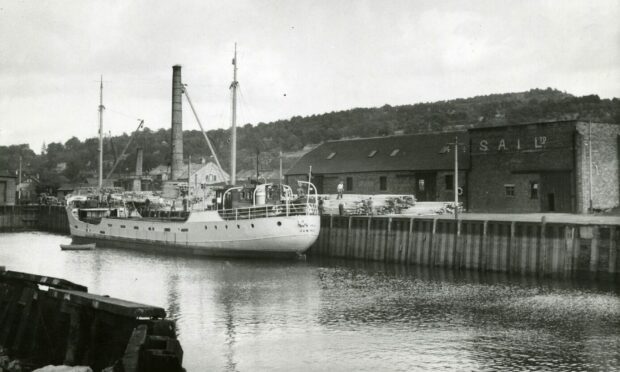
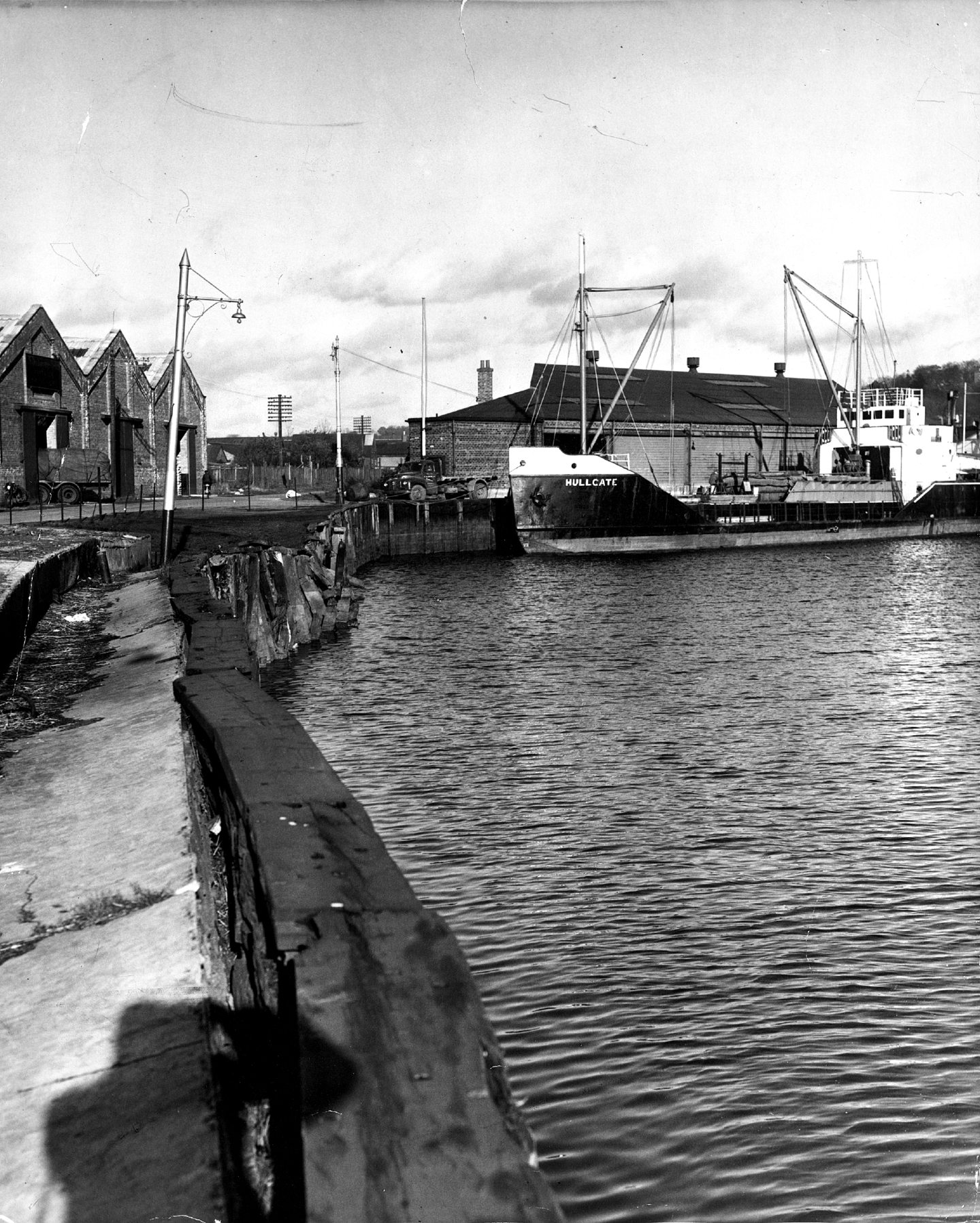
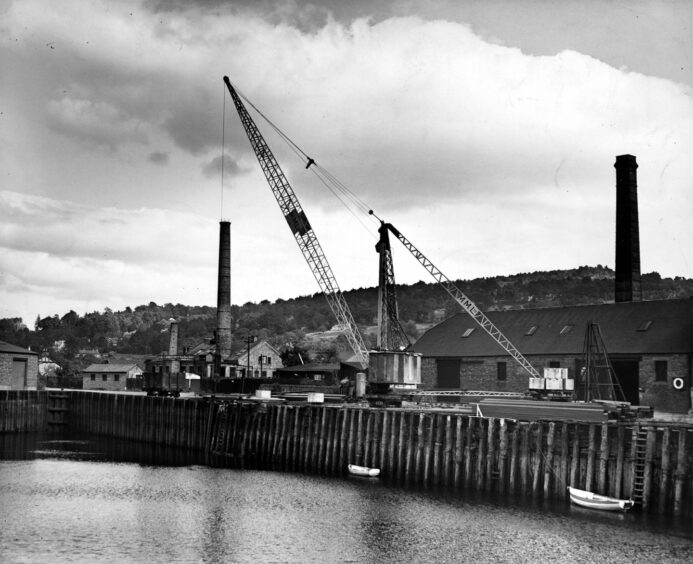
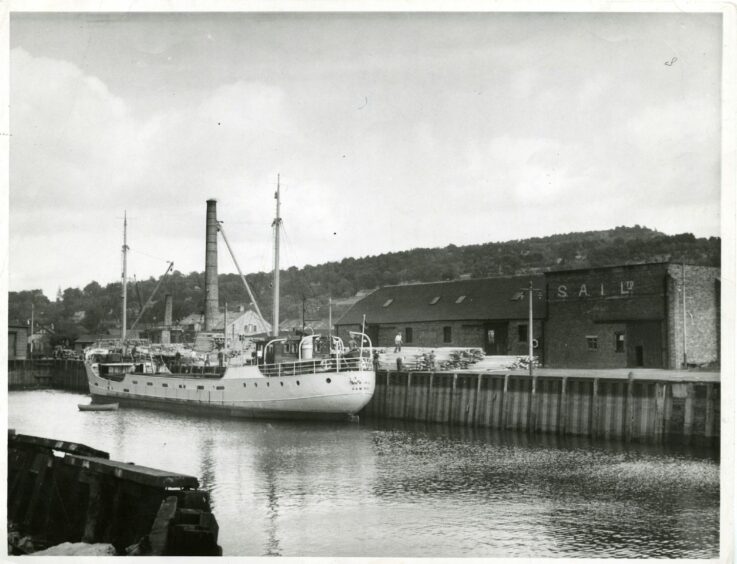
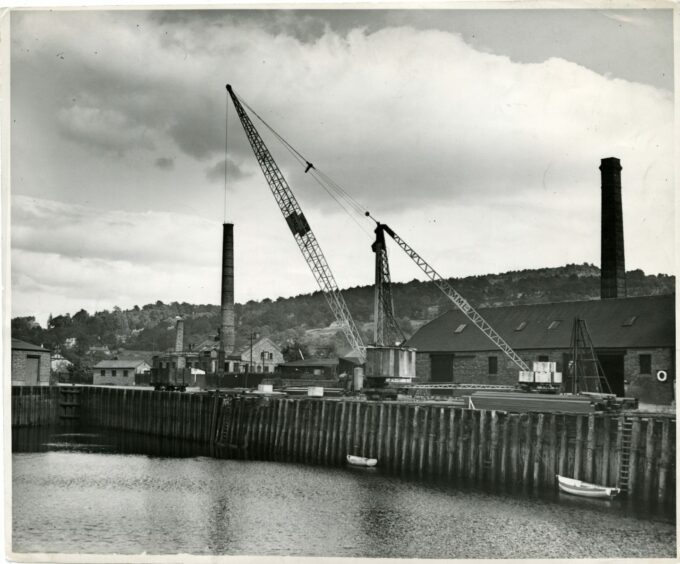
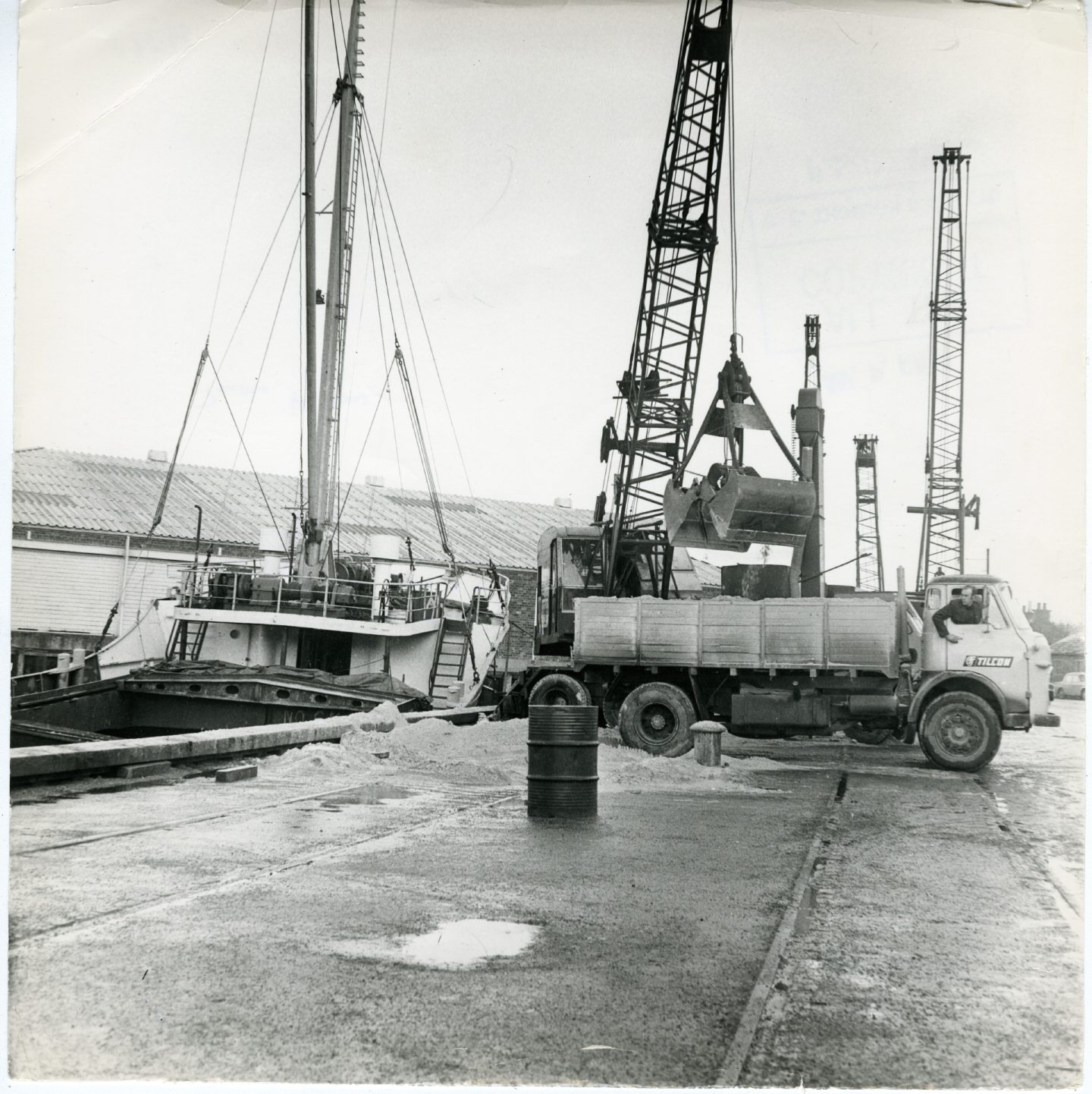
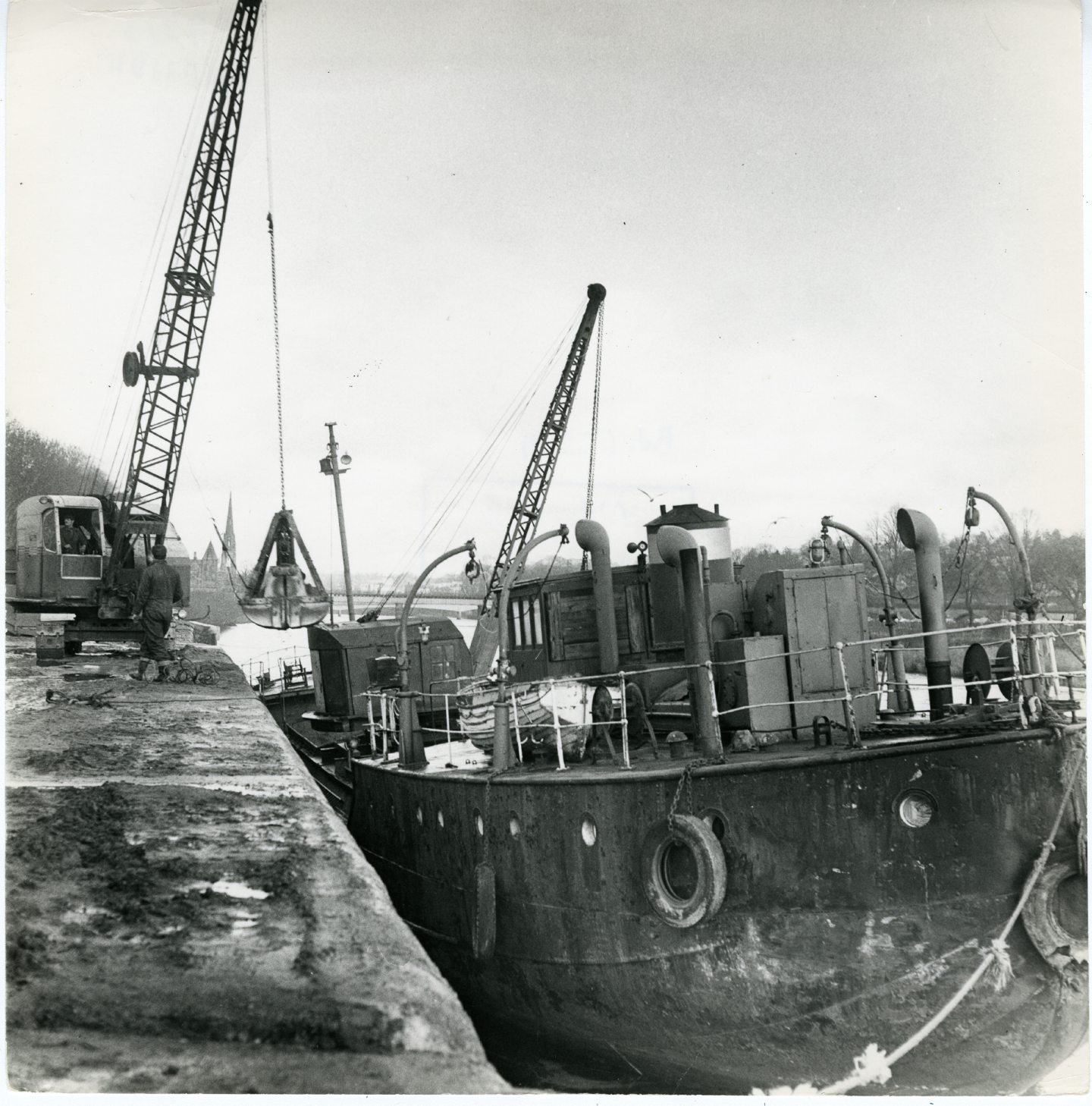
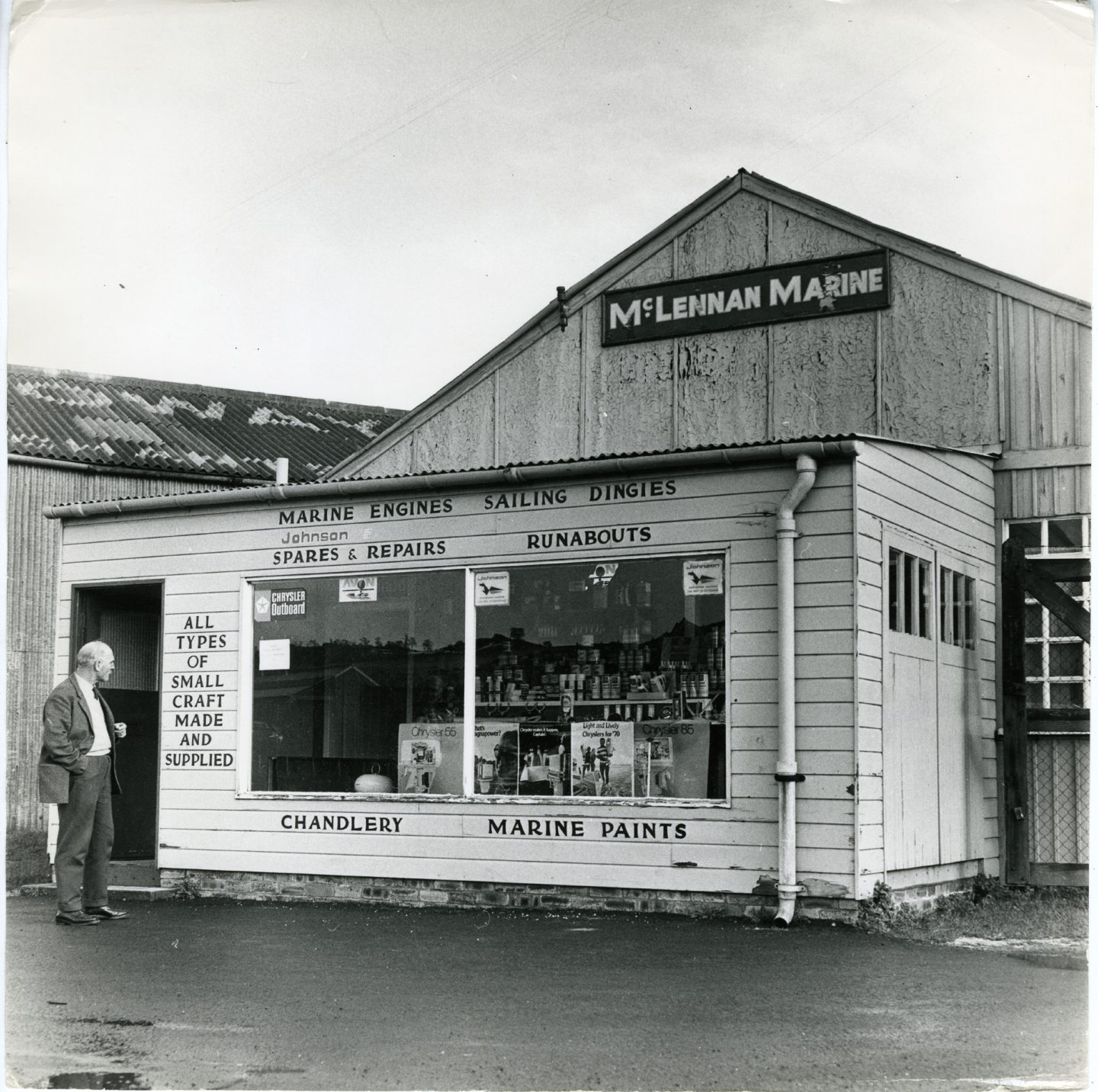
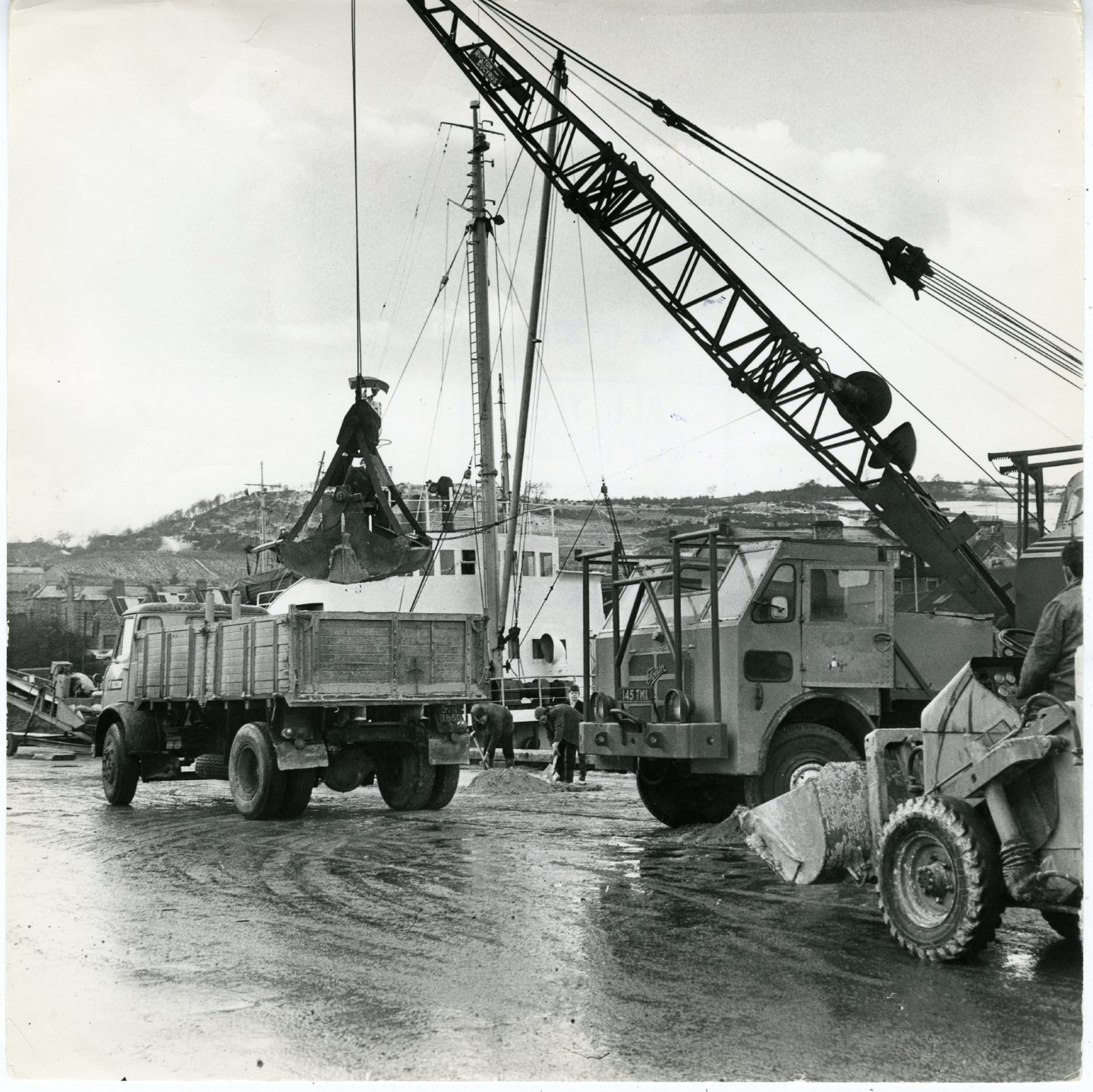
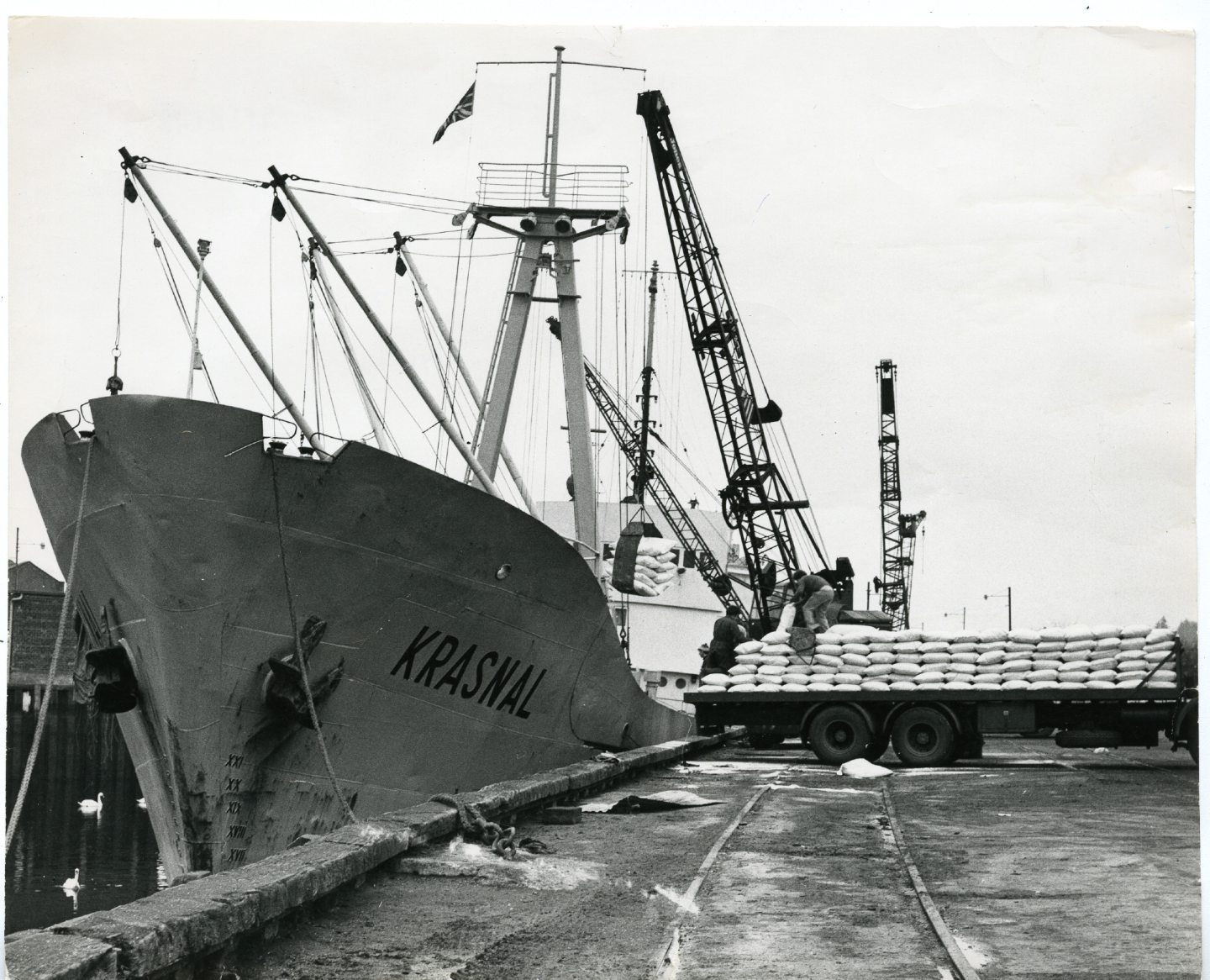
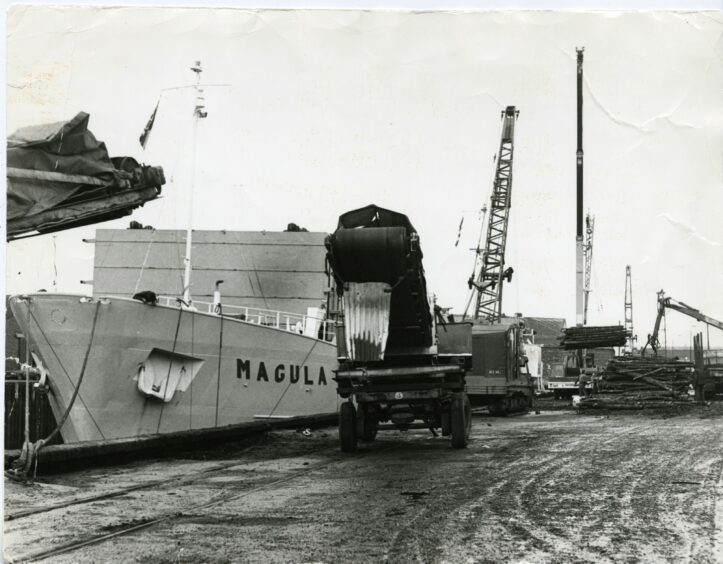
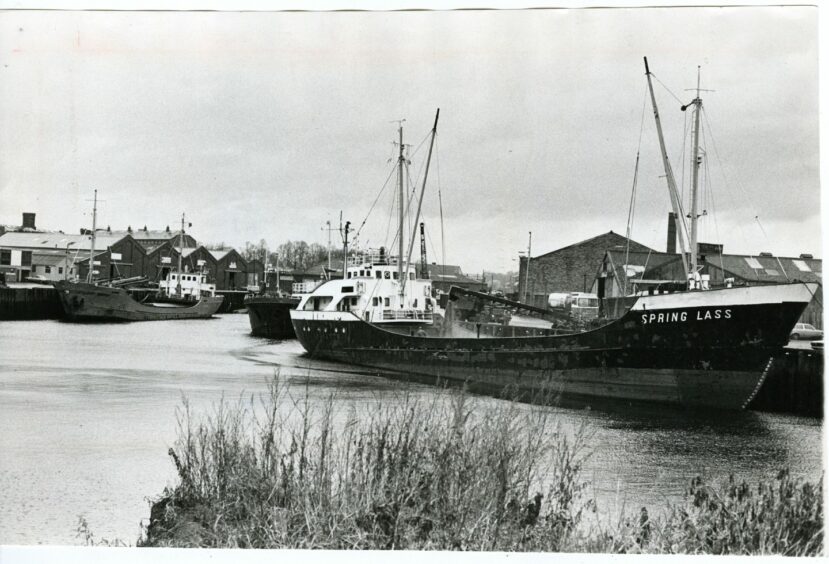
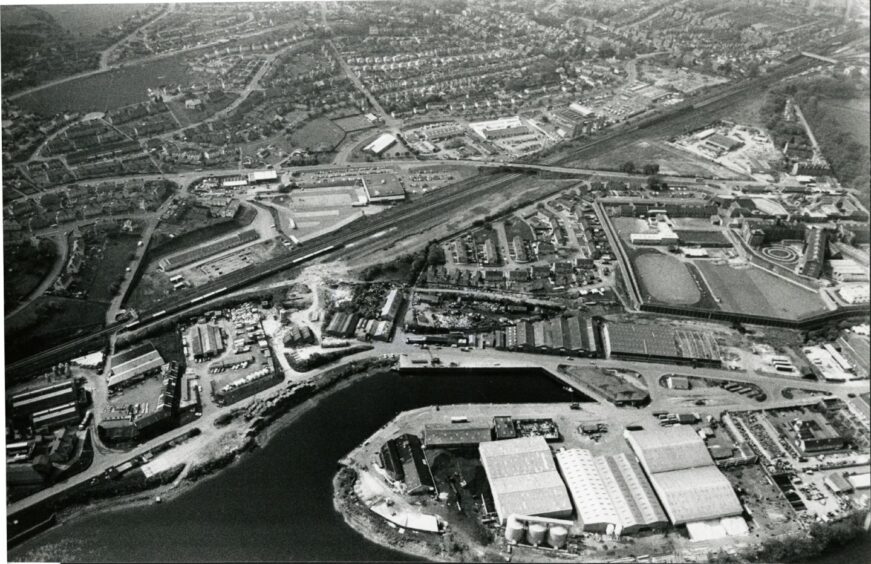










Conversation